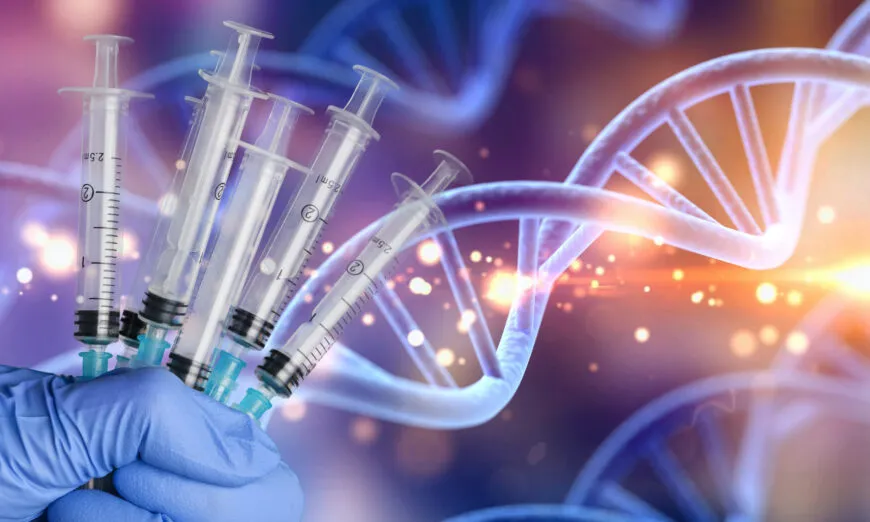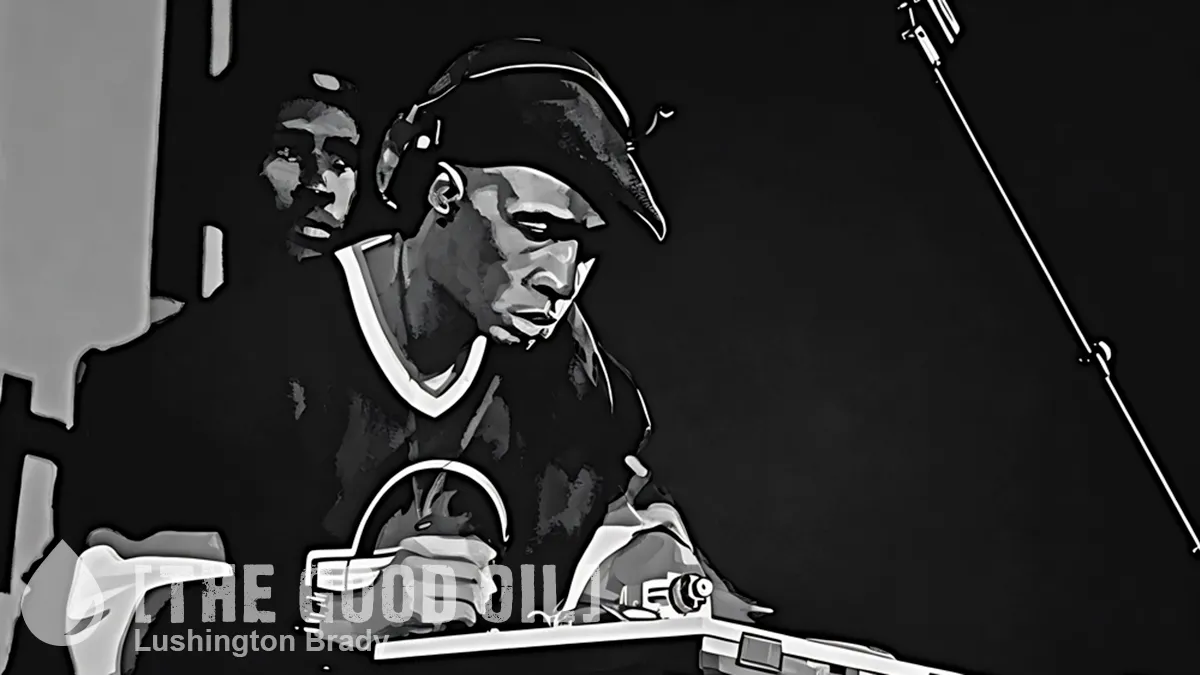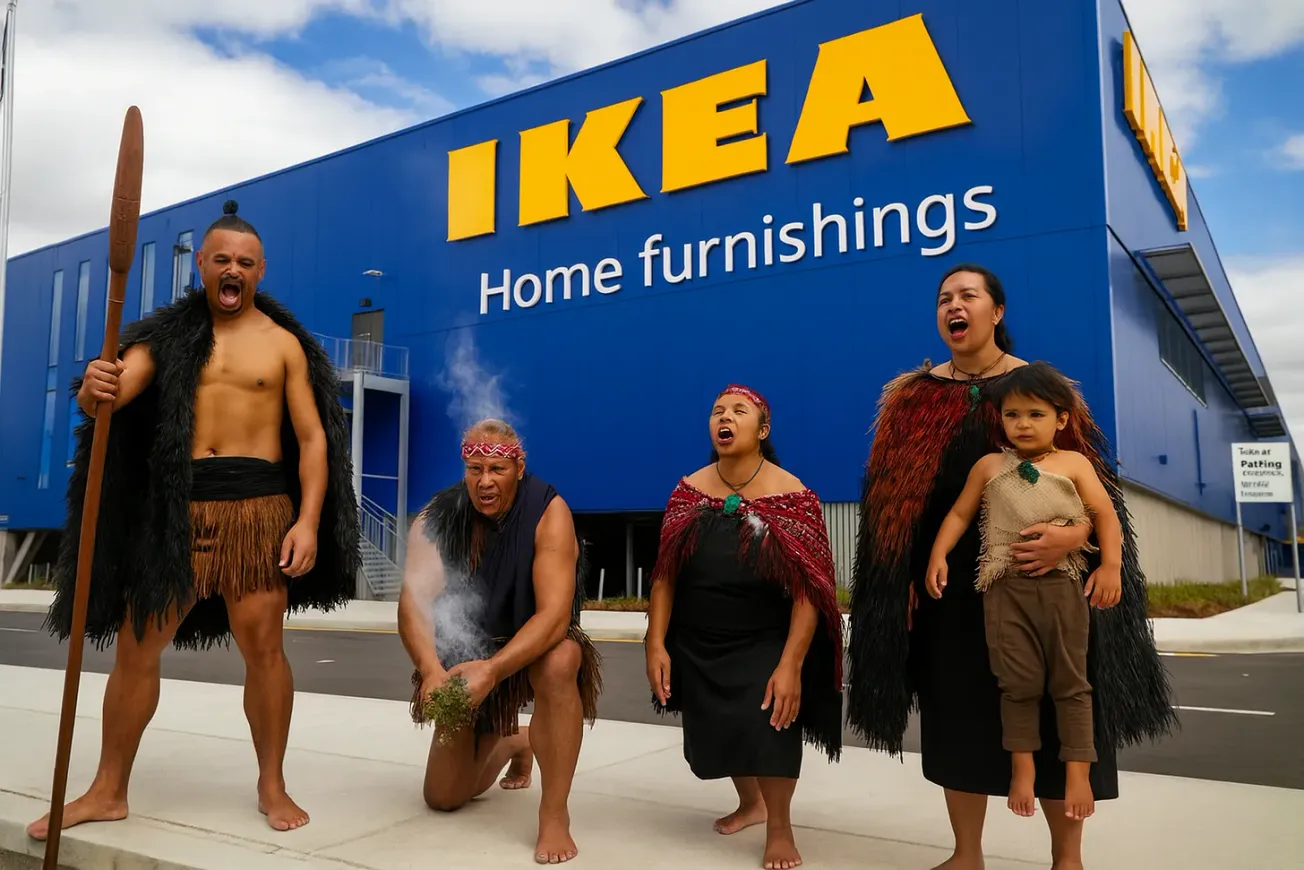The widespread adoption of DNA testing from genealogy websites has had some intriguing outcomes. Law enforcement have used family trees to trace down suspects in cold cases, most famously the Golden State Killer. On a more personal level, DNA tests have rattled skeletons in family closets, unearthing unexpected siblings, secret adoptions and exposing extra-marital affairs.
And uncovering that incest may be far more common than previously believed.
American Steve Edsel knew all his life that he was adopted. His adoptive parents never hid that his biological mother fled the hospital hours after giving birth. But they could only tell him what they and hospital staff knew.
What they knew was that his mother was 14 years old, “5 feet 6 with reddish brown hair” and she had come to the hospital in Winston-Salem early one morning accompanied by her parents.
They gave names that all turned out to be fake. And by 8 o’clock that evening, just hours after she gave birth, they were gone. In a black-and-white drawing of the mother, based on nurses’ recollections, she has round glasses and sideswept bangs. Her mouth is grimly set.
By his early 20s, Steve began looking for his birth mother, but the paper trail was a blank. When he turned 40, he gave it a final go: turning to the then-new AncestryDNA mail-order testing kits. That brought some limited results. Then he got in touch with a pioneer in the new field of genetic genealogy, CeCe Moore.
Within just a couple of weeks, she had narrowed down the search to two women, cousins of the same age. On Facebook, Steve could see that one cousin had four kids, and she regularly posted photos of them, beautiful and smiling. They looked well-off, their lives picture-perfect – “like a storybook,” Steve says. The other woman was unmarried; she didn’t have kids. She was not friends with her immediate family on Facebook, and she had moved halfway across the country from them. One evening – a Saturday, Steve clearly remembers – Moore asked to speak with him by phone.
She confirmed what he had already suspected: His birth mom was the second woman. But Moore had another piece of news too.
And not good news.
Moore’s DNA sleuthing had unearthed a truly dark family secret: Steve’s biological father was either his mother’s father or brother. As you can well imagine, Steve was shattered.
A sea of emotions rose to a boil inside him: anger, hurt, worthlessness, disgust, shame, and devastation all at once. In his years of wondering about his birth, he had never, ever considered the possibility of incest. Why would he? What were the chances?
Officially, when Steve was born in 1975, the chances were, according to the textbooks, one in a million. But some scholars argued that it was far more common, citing victim testimonies. The advent of widespread genetic testing bore their suspicions out. According to one UK analysis, one in 7,000 people are born to “first-degree relatives”: a brother and a sister or a parent and a child.
It should be borne in mind, of course, that these numbers only reflect cases that resulted in the birth of someone who, as an adult, volunteered for a research study. So, the results may be skewed. Still, it appears that one of humanity’s most universal taboos is broken more often than we’d like to think.
[Moore] now knows of well over 1,000 additional cases of people born from incest, the significant majority between first-degree relatives, with the rest between second-degree relatives (half-siblings, uncle-niece, aunt-nephew, grandparent-grandchild). The cases show up in every part of society, every strata of income, she told me.
Most cases appear to be between a father and daughter, or older brother and sister. This is suspected to reflect sexual abuse rather than consensual relationships.
A revelation that only lobs yet another grenade into the lives of those already stunned at uncovering a dark secret.
Moore ended up creating a private and invite-only support group on Facebook in 2016, and she tapped Steve and later his wife, Michelle, to become admins, too. The three of them had become close in the months and years after the search for his birth mom, as they navigated the emotional fallout together […]
When Steve first discovered the truth about his biological parents, a decade ago, he had no support group to turn to, and he did not know what to do with the strange mix of emotions. He was genuinely happy to have found his birth mom. He had never looked like his adoptive parents, but in photos of her and her family, he could see his eyes, his chin, and even the smirky half-grin that his face naturally settles into.
But he radiated with newfound anger, too, on her behalf. He could not know the exact circumstances of his conception, and his DNA test alone could not determine whether her older brother or her father was responsible. But Steve could not imagine a consensual scenario, given her age.
The fact that Steve’s mother had so assiduously distanced herself from her family suggest he is right. It also raised for Steve the quandary of opening old wounds by contacting her.
As badly as he wanted to know his birth mom, he worried she would not want to know him […]
A religious man, Steve prayed over it and settled on handwriting a letter. He included a couple of paragraphs about his life, some photos, and a message that he loved her. He left out what he knew about his paternity. And he took care to send the letter by certified mail, so that he could confirm its receipt and so that it would not accidentally fall into anyone else’s hands.
She never responded. But Steve knew that she had received it […]
Steve has still never spoken to his birth mother. He tried writing to her a second time, sending a journal about his life – but she returned it unopened. He messages her occasionally on Facebook, sending photos of grandkids and puppies he’s raised. Every year, he wishes her a happy birthday. She has not replied, but she has also not blocked him.
And his father? Steve eventually found that out, too.
One day, two and a half years after his DNA test, he logged in to AncestryDNA and saw a parent match. It was his mother’s older brother. From the site, he could see that his father-uncle had logged in once, presumably seen that Steve was his son, and – even after Steve sent him a message – never logged back on again.
Steve was able to establish some kind of biological family connection with his mother’s cousin’s family.
She told him that she and his mom had been close as children, Steve recounted, but she did not know about a pregnancy. To her, it had seemed like her cousin one day “fell off the face of the Earth,” he says. She agreed to read his journal, and the two of them soon began speaking on the phone about their families.
Months later, Steve felt like he could finally share the truth about his biological father, and the cousin again accepted him for who he was.
The Atlantic
Since then, Steve and his family have attended a family Thanksgiving, and another large family gathering. Steve’s immediate biological family weren’t there, but he was finally able to establish a family connection. With a family who knew his secret and accepted him with open arms.









